News Release
Date: February 23, 2021
Contact: NewsMedia@nps.gov
WASHINGTON – As the nation continues to commemorate Black History Month, the National Park Service added 11 resources to its growing system of sites and programs that chronicle the African American Civil Rights Movement.
The continuing struggle for racial equality is told through a collection of powerful historical resources that commemorate, honor and interpret the Civil Rights Movement in the United States. The African American Civil Rights Network (AACRN) encompasses properties, facilities, and interpretive programs that present a comprehensive narrative of the people, places, and events associated with the African American Civil Rights movement. Ranging in location from California to Rhode Island, the AACRN has grown to include 45 properties, facilities, and programs, including 18 national parks. The NPS accepts applications on a rolling basis from individuals and organizations associated with the African American civil rights movement. Details about the application and review process are available online.
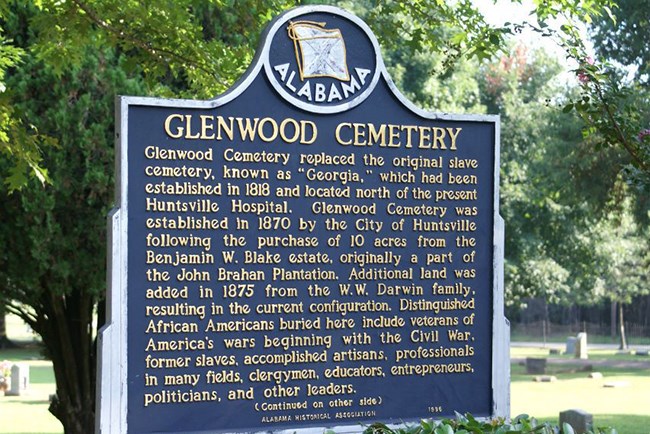
City of Huntsville
Alabama: Glenwood Cemetery
Glenwood Cemetery is an African American cemetery that replaced the original slave cemetery, known as “Georgia.” The cemetery was established in 1870 by the City of Huntsville. Many of those buried there were enslaved people who rose to social acclaim, such as Samuel Lowery, the first Black lawyer to try a case before the Supreme Court, and Anna Knight, an educator and missionary who founded the National Colored Teacher’s Association.
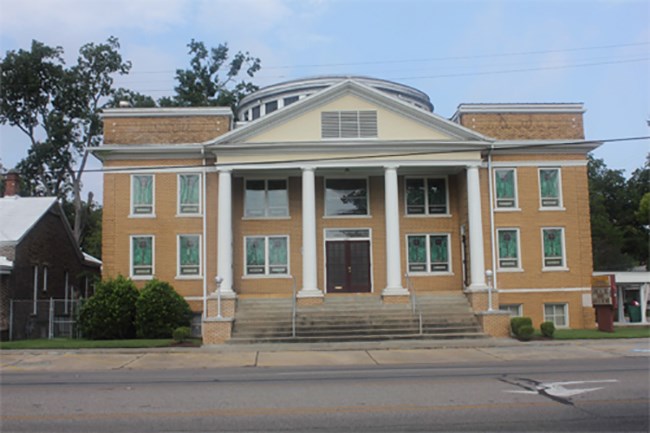
NPS photo
Alabama: Tabernacle Baptist Church – Selma
Tabernacle Baptist Church is listed as the site of the first mass meeting of the 1960s Voting Rights Movement. In addition, Tabernacle is listed as a site of voter registration strategy meetings. Tabernacle members and their friends had used the Tabernacle basement for secret underground voter registration sessions since the 1930s.
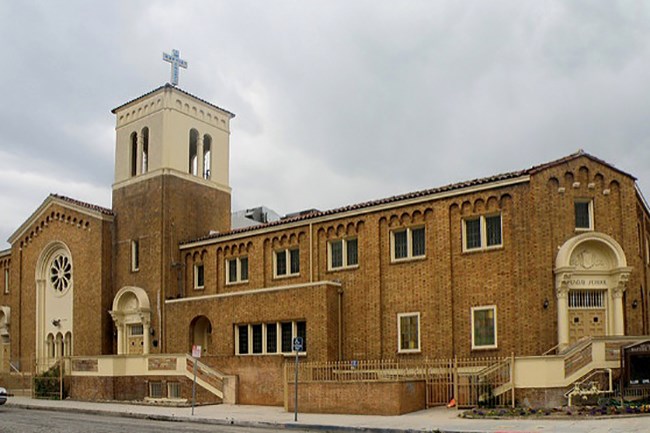
David Horan, 2010, Paul Revere Williams Project
California: Second Baptist Church Los Angeles
The church was the largest meeting space owned by the African American community in the western United States in the pre-World War II era. The church hosted the National Association for the Advancement of Colored People’s (NAACP) national convention on three occasions—1928, 1942 and 1949.
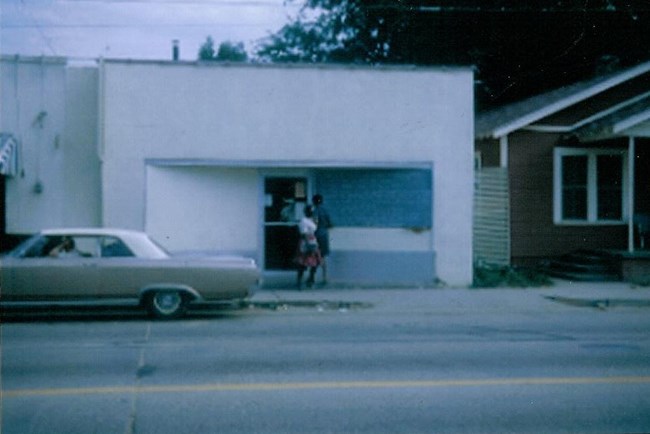
Courtesy of COFO Civil Rights Education Center
Mississippi: COFO Civil Rights Education Center
In 1961, the Council of Federated Organizations (COFO) was established as an umbrella organization to unify and meet the needs of an increasing presence of civil rights organizations in Mississippi, including the Student Nonviolent Coordinating Committee (SNCC), the Congress of Racial Equality (CORE), the Southern Christian Leadership Conference (SCLC), the National Association for the Advancement of Colored People (NAACP), and a host of local organizations.
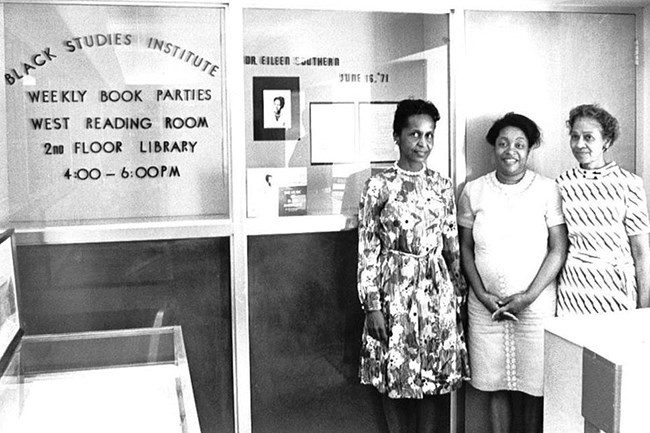
Courtesy of the Margaret Walker Center
Mississippi: Margaret Walker Center
The Margaret Walker Center at Jackson State University is an archive and museum dedicated to African American history and culture. It was founded by Margaret Walker, a writer and scholar, as the Institute for the Study of the History, Life and Culture of Black People.
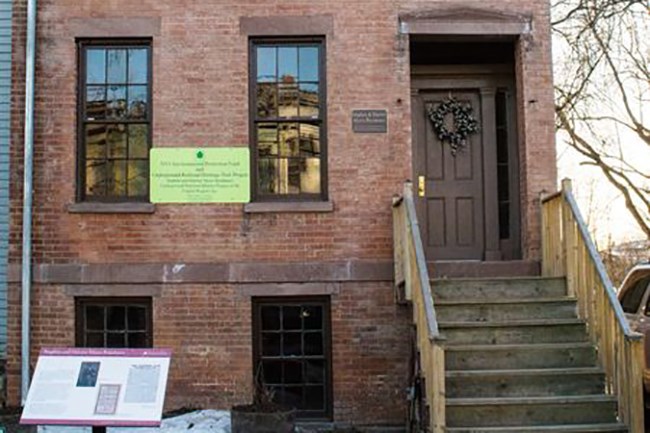
Hudson River Valley Heritage Area
New York: The Harriet and Stephen Myers Residence
The building now known as The Stephen and Harriet Myers Residence in Albany County, New York, was the mid-1850s office of the Vigilance Committee of Albany. This group, composed of Black abolitionists, was active in the underground railroad from the early 1840s and into the Civil War, and assisted hundreds of freedom seekers in their pursuit of freedom in the northern United States and Canada.
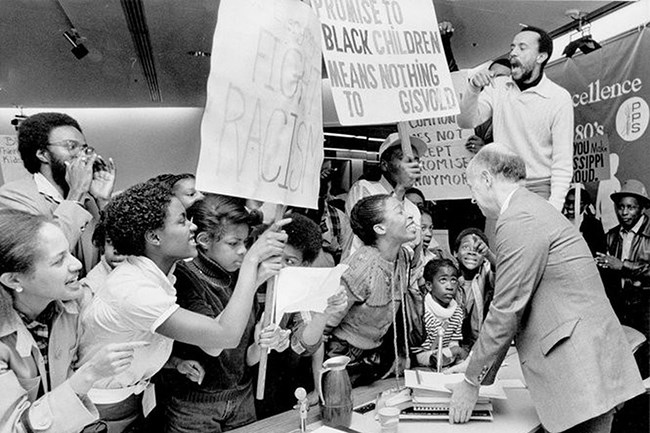
Photographed by Steve Nehl. Oregon Historical Society Research Library, Oregon Journal Collection, digital image no. ba018353, copyright Oregonian Publishing Co.
Oregon: Racing to Change – Oregon's Civil Rights Years
Racing to Change is a virtual exhibition created and hosted by Oregon Black Pioneers, Oregon's only statewide African American historical society. The exhibit illuminates the Civil Rights Movement of the late 1950s - early 1980s, a time of cultural and social upheaval, conflict and change in Oregon.

Map courtesy of South Carolina State Library.
South Carolina: Equalization Schools Website
The South Carolina Equalization Schools website tells the story of a sustained political, economic, and social effort to maintain segregated public schools in the state. This program was the first time South Carolina provided any significant funding to its African American public schools. The story of the equalization school program fits into the long struggle for equal access to public education for African Americans, and the eventual fight to desegregate the public school system in the South.
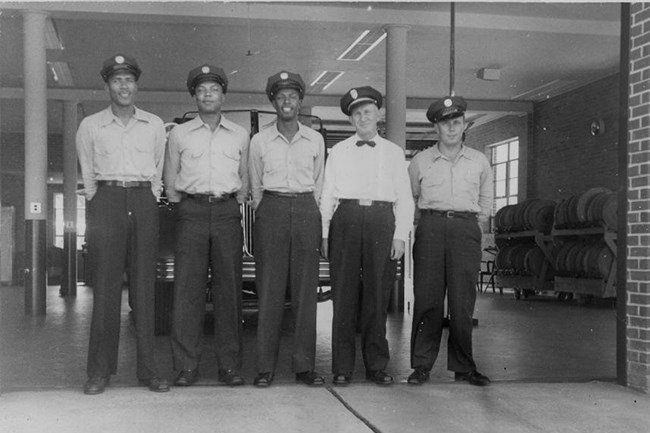
John Hensel Photograph Collection, South Carolinian Library, University of South Carolina
South Carolina: Harden Street Substation
The Harden Street Substation is significant for its strong association with segregation in Columbia. Its construction and the subsequent desegregation of the Columbia Fire Department were evidence of gradual racial change, the direct result of African American political organizing, civil rights litigation and direct-action protest throughout the 1940s and 1950s.
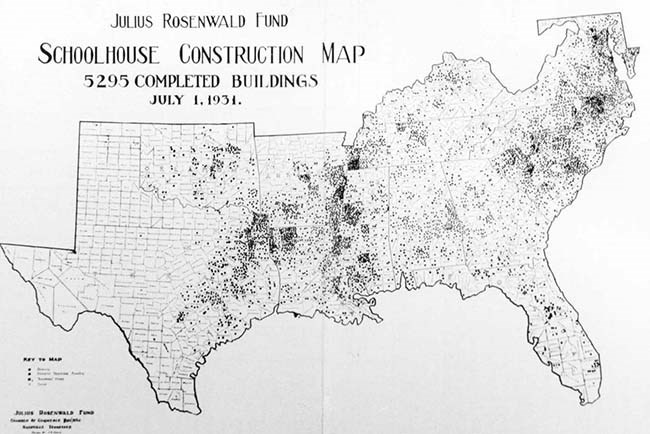
Fisk University, John Hope and Aurelia E. Franklin Library Special Collection, Julius Rosenwald Fund Archives
South Carolina: St. George Rosenwald School
In the 1960s, the Rosenwald School building served as a meeting and training site for civil rights workers in the Dorchester County Civil Rights Movement. Meetings for Black citizens were also held to help prepare them to register and vote.
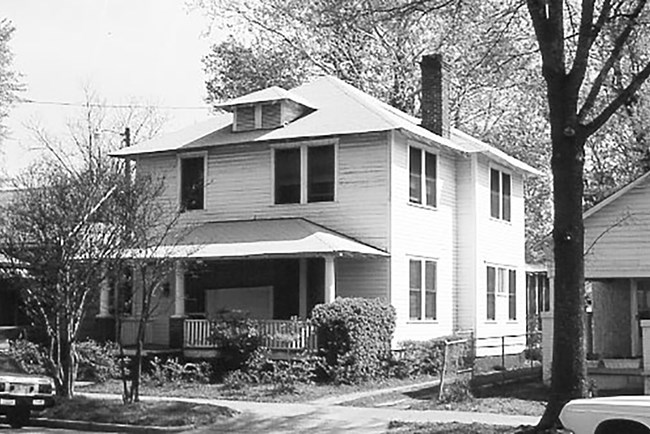
Green Book of South Carolina
South Carolina: Waverly Historic District
Established shortly after the Civil War, Waverly Historic District is significant as Columbia’s first suburb, incorporated into Columbia city limits in 1913. The former site of Waverly Five & Dime, one of several establishments operated by entrepreneur and political activist George Elmore, is located here.
The National Park Service invites all Americans to reflect on Black history in parks and communities across the country. More than 400 years of Black history and heritage—including achievements, contributions, and historical journeys—are remembered and commemorated in places preserved for current and future generations.
Connect with the African American Civil Rights Network. The continuing struggle for racial equality is told through a collection of powerful historical resources that commemorate, honor and interpret lesser known figures of the Civil Rights Movement. The AACRN is composed of properties, programs and facilities that reflect the reality of the African American Civil Rights Movement, as African Americans and their allies fought for justice, and to end segregation and disenfranchisement, across the U.S.
About the National Park Service. More than 20,000 National Park Service employees care for America's 423 national parks and work with communities across the nation to help preserve local history and create close-to-home recreational opportunities. Learn more at www.nps.gov, and on Facebook, Instagram, Twitter, and YouTube.
Last updated: February 24, 2021
